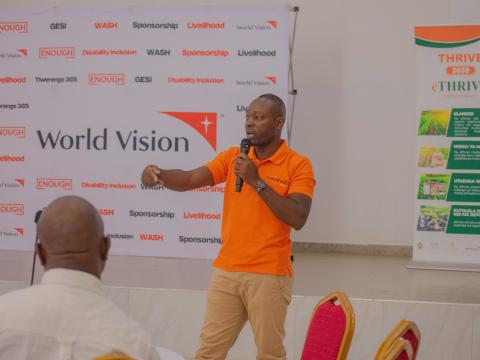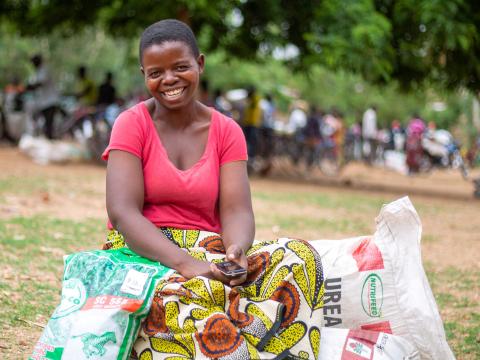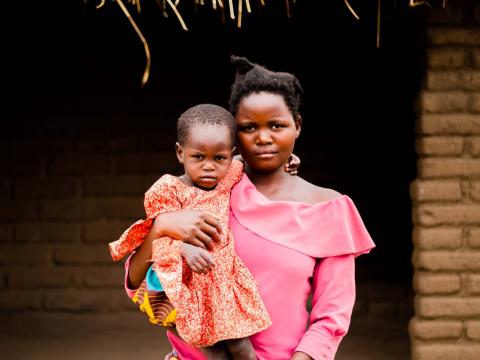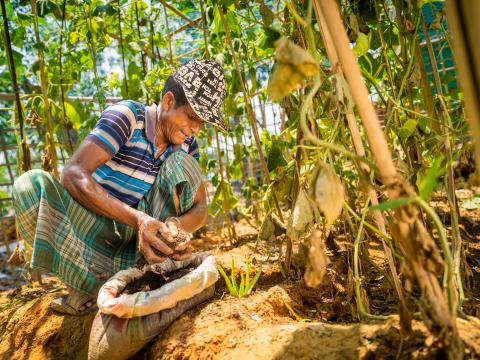
From Waste to Worth: How Refugee Camps in Bangladesh Are Leading a Green Humanitarian Shift
Md Mofizur Rahman, the Deputy Response Director – Rohingya Response for World Vision Bangladesh, highlights how the response is pioneering a green humanitarian model by turning waste into resources—composting food scraps, recycling plastics, and using solar-powered water systems. He also emphasises the need for such solutions not only to improve health and livelihoods but also to offer a scalable blueprint for sustainable aid worldwide.
"No one thinks about the trash." That’s what a Rohingya refugee told me during one of my visits to the camps in Cox’s Bazar, Bangladesh. And they’re right. Humanitarian response teams, understandably, focus on saving lives—distributing food, setting up shelter, and providing healthcare. But the growing mountain of waste? It’s often an afterthought.
In the world’s largest refugee settlement, home to over 1.1 million displaced Rohingya people, plastic, food waste, and fecal sludge pile up daily. The result: rising health risks, clogged drains, damaged ecosystems, and communities made even more vulnerable by their survival.
Rethinking the Aid Model
There is a tendency to follow a familiar pattern: bring in supplies, use them, dispose of the waste. It’s fast, it’s linear, and it leaves a trail of environmental harm. But that model is broken. In Cox’s Bazar, World Vision Bangladesh is showing how a circular economy—a system where nothing is wasted and everything is reused—can work, even in the most fragile settings.
What Waste Can Do
Food scraps that used to rot in open pits, attracting pests and disease, are now composted and used to grow vegetables in homestead gardens and nurseries. These gardens are more than green patches—they’re fighting malnutrition in a camp where 41% of children are stunted and 12% are wasted. Families now supplement their diets with fresh vegetables they’ve grown themselves, reducing dependency and restoring dignity.
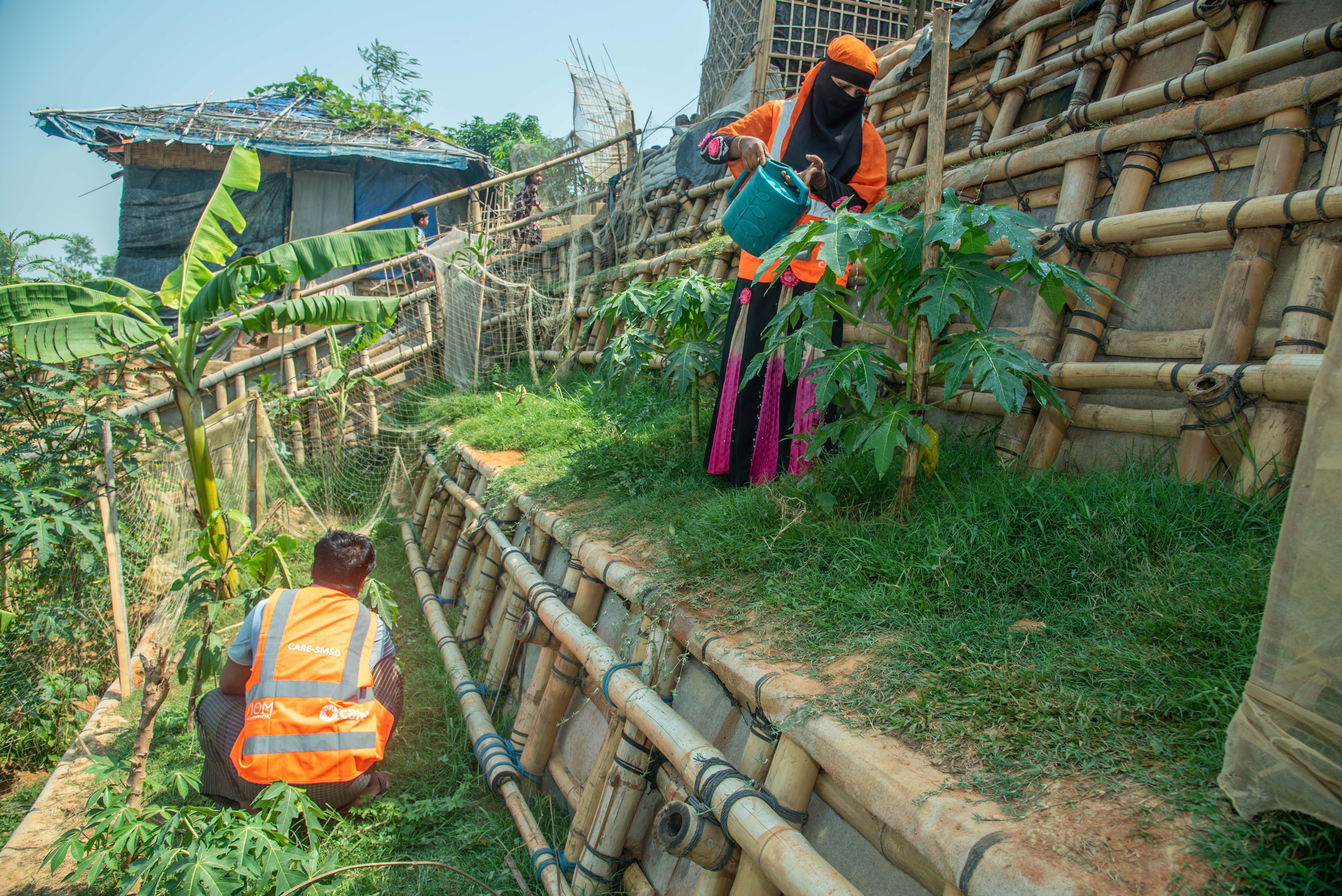
Plastic, another major hazard, is also being transformed. It’s collected, recycled, and turned into household goods or used for crafts that generate income for both refugees and host communities. What was once waste now fuels small businesses, supports women-led enterprises, and builds new skills. Even water systems are going circular. Diesel-run water pumps are being replaced with solar-powered ones that now provide 600,000 litres of safe water each day to over 38,000 people—cheaper, cleaner, and far more sustainable.
Why It Matters
These aren’t isolated initiatives. They’re building blocks of a new kind of humanitarian response—one that not only saves lives, but sustains them. One that protects people and the planet. Critics often say circular approaches are too expensive or complicated for emergencies. But the experience in Cox’s Bazar shows otherwise. Composting, recycling, and solar energy are practical, cost-effective, and scalable solutions. They often save money over time by reducing imports, fuel use, and waste management costs.
A Blueprint for the Future
What’s happening in Cox’s Bazar offers a model for crisis zones everywhere—from conflict-torn regions of the Middle East to disaster-affected areas in the Horn of Africa.
But scaling it will take bold action:
- Donors need to prioritise climate-smart aid—funding solar water systems, composting, and local recycling hubs.
- Governments must embed environmental sustainability in refugee policies.
- Humanitarian agencies should adopt green practices as the norm, not the exception.
And for readers? Support organisations that practice sustainable aid. Advocate for policymakers to make climate resilience part of humanitarian budgets. And keep this conversation alive—because the future of humanitarian aid must be regenerative, not extractive.
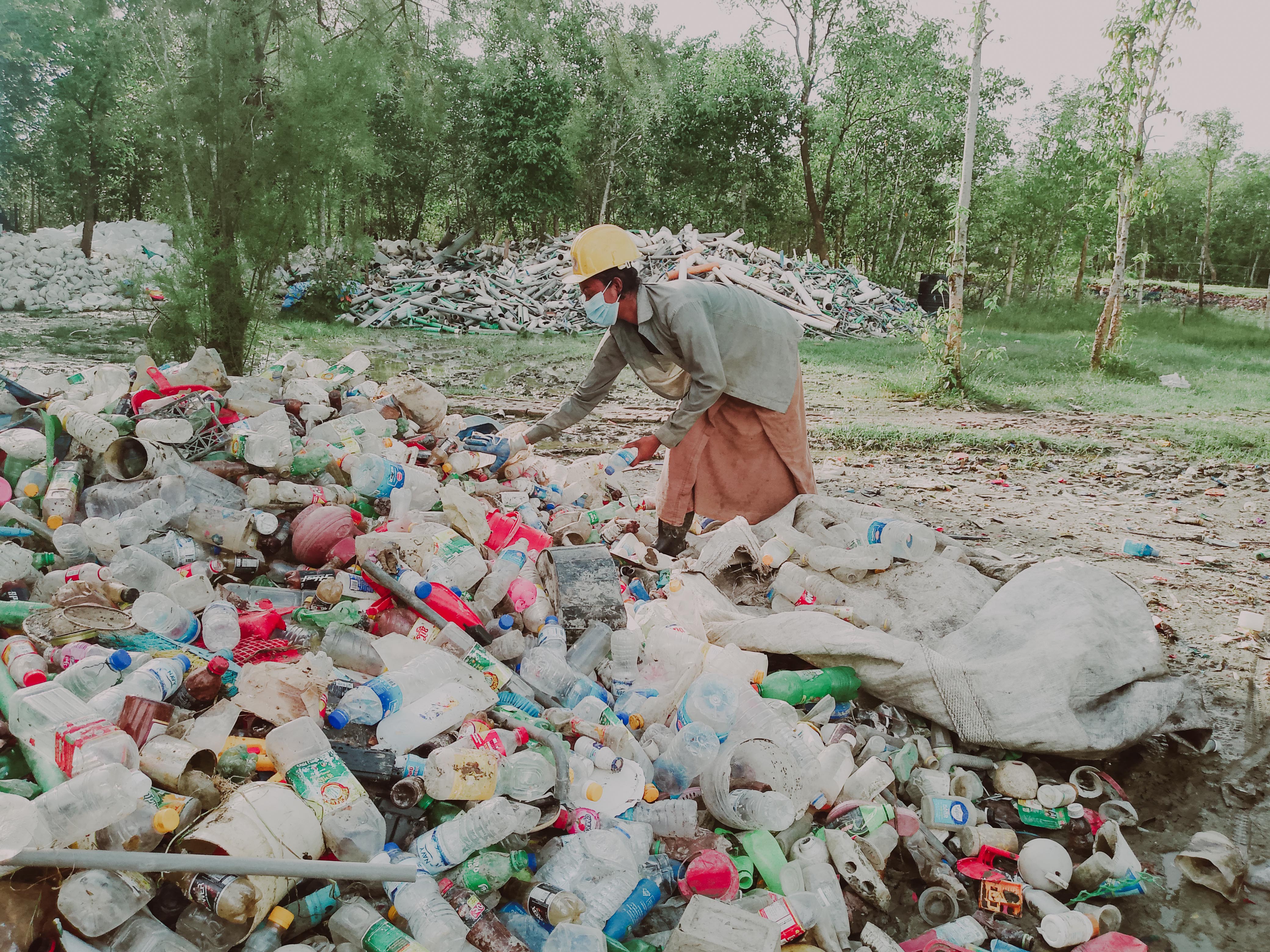
A Choice Before Us
We can keep doing what we’ve always done: responding to today’s crisis while creating tomorrow’s problems. Or we can shift the model—from waste to worth, from short-term fixes to lasting change. Cox’s Bazar proves it’s possible. The only question is whether we dare to follow its lead.

